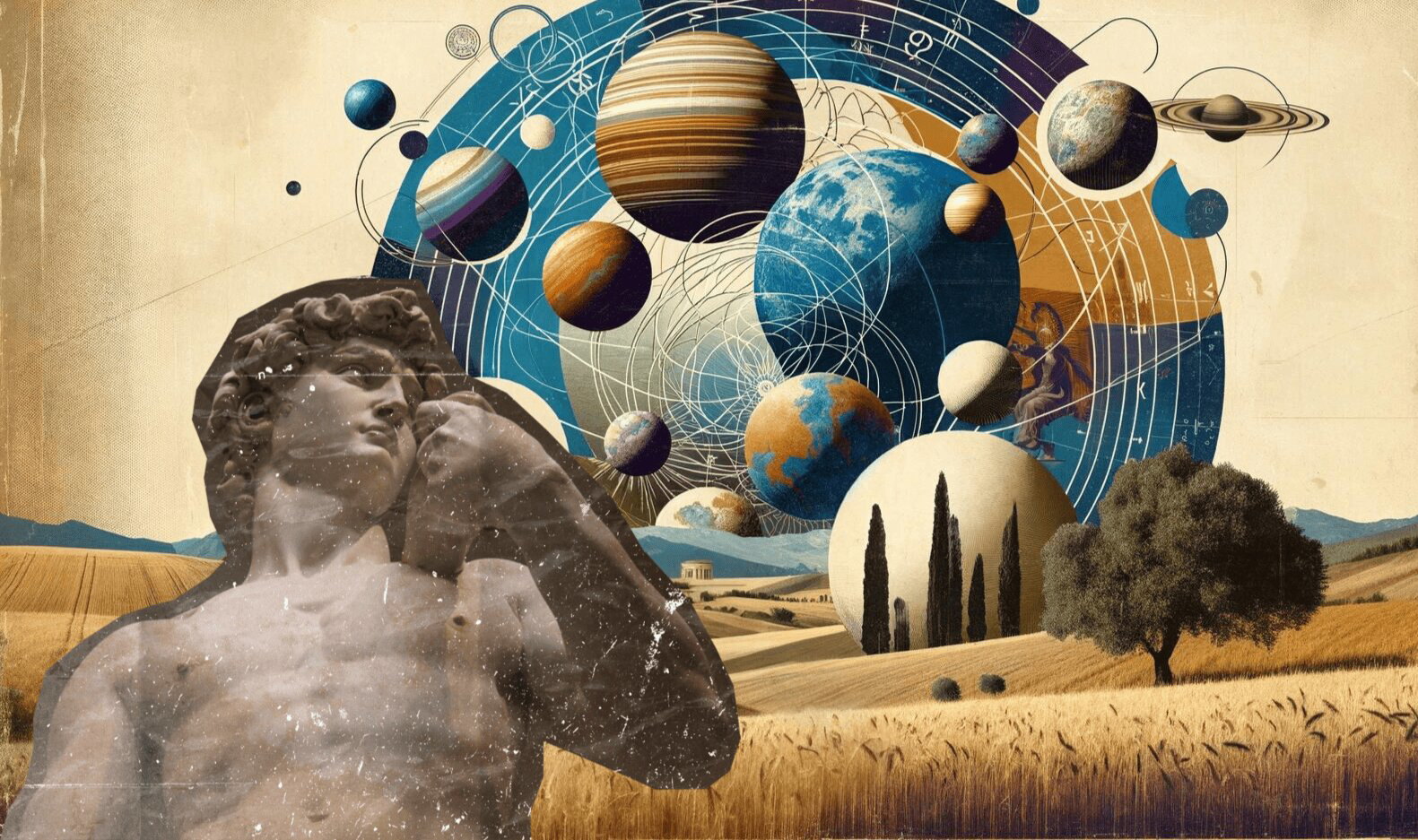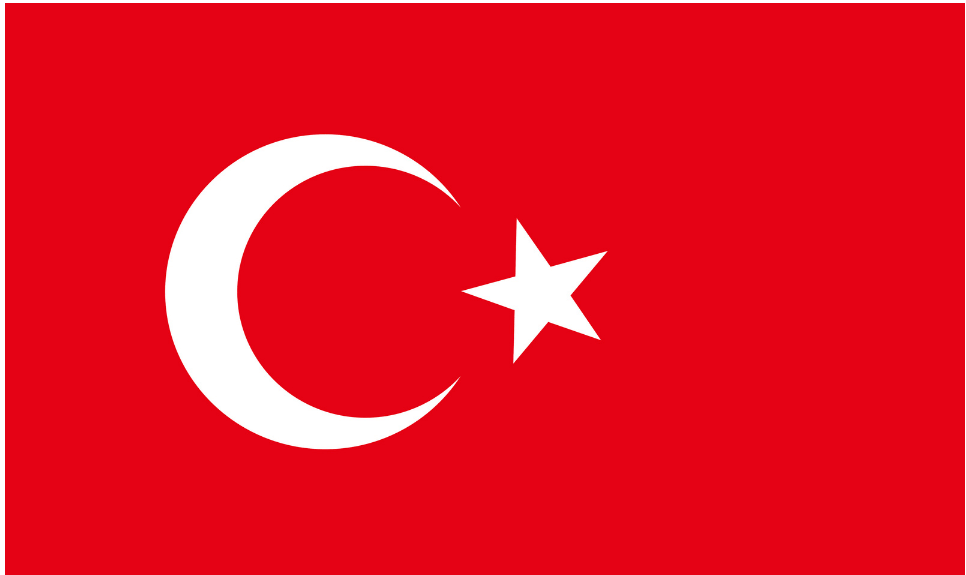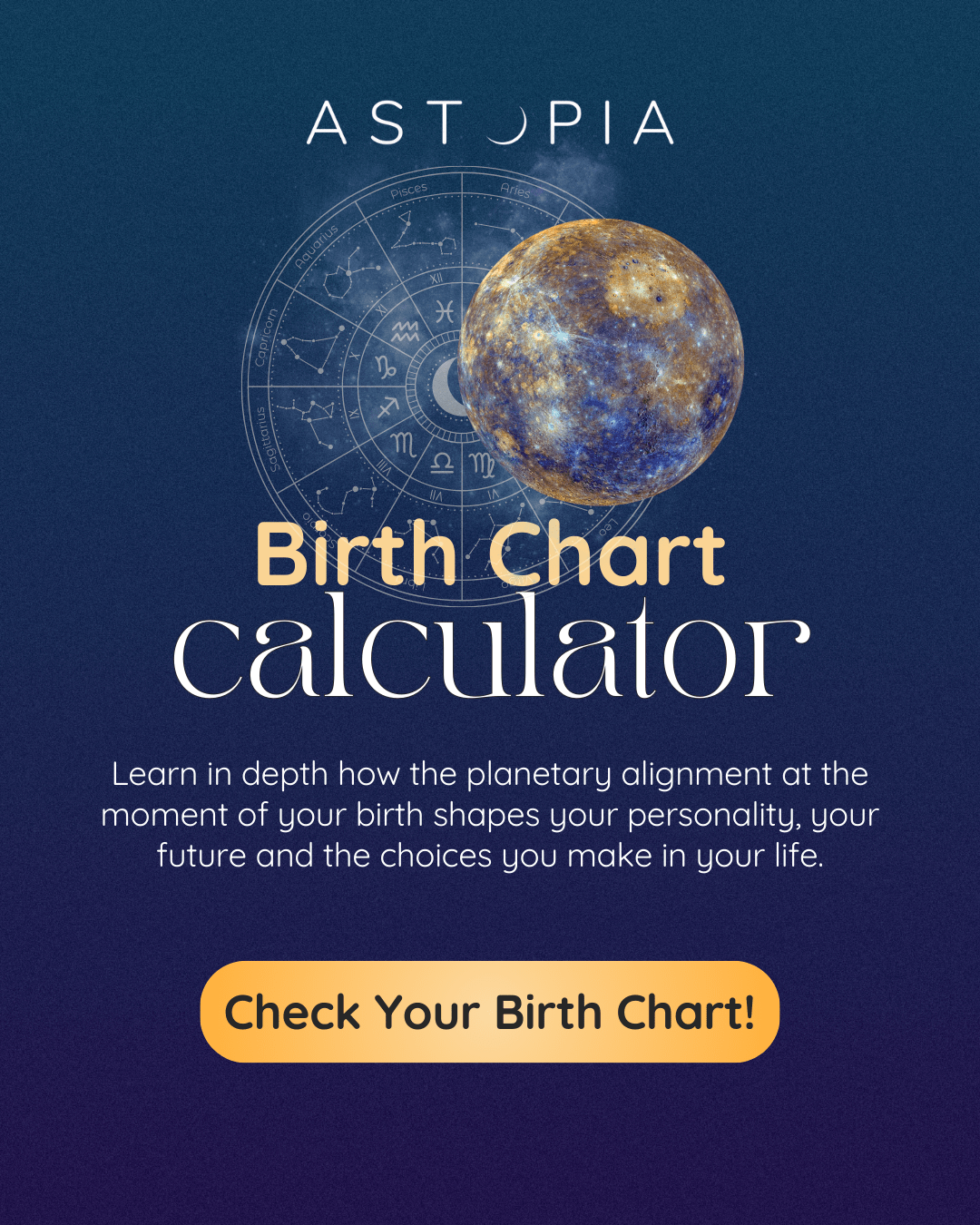
2/22/2024
Author: Astopia TeamMarcus Manilius and the Depths of Astronomica
As we embark on an exciting journey into the depths of the world of astrology, we take you to the mysterious world of Marcus Manilius and his precious work Astronomica, under the guidance of the Astopia App. yourself through astrology to discover The modern insights offered by Astopia, designed for the world, actually derive their origin from ancient knowledge. One of the most important works of this ancient knowledge is Manilius' work, Astronomica, which dates back to ancient times and mythology.
In this blog, we will delve deeper into ancient astrology and examine this ancient work that plays a vital role in our understanding of the rich history and cultural heritage of Astrology, with the guidance of Astopia, who combines Manilius' extensive knowledge with today's astrological practices. Are you ready?
Who is Marcus Manilius? - The Forgotten Astrologer of Ancient Rome
Marcus Manilius is an ancient Roman poet and astrologer who is often overlooked in the history of astrology but left deep traces with his works. His most famous work, Astronomica, is considered one of the cornerstones of ancient astrology. Manilius treats astrology not only as the interpretation of celestial events, but also as a field that offers in-depth thoughts on human nature and destiny.
Astronomica contains information about zodiac signs, planets and astrological symbols, and this information forms the basis of today's astrology practices. This work plays a critical role in our understanding of the ancient world's understanding of astrology and the social and cultural dynamics of that period.
Historical Significance of Astronomica
Marcus Manilius's work Astronomica constitutes a turning point in the field of ancient astrology. By combining Ancient Roman and Greek understandings of astrology, the work offers a rich source of information to be passed onto future generations. Astronomica contains detailed information about zodiac signs, planets, and astrological symbols, making it a valuable reference source in the history of astrology. This work by Manilius offers deep insights into how the ancient world viewed the relationship between the sky and human life and makes significant contributions to the study of modern astrology. Today's modern astrology terms and concepts are essentially based on this work.
The Cornerstone of Ancient Astrology: Astronomica
Astronomica is a work written by Marcus Manilius and considered a masterpiece in the field of ancient astrology. This book has a very rich content in terms of History and Philosophy of Astrology.
- Content and Structure: Astronomica covers a wide range of topics, from zodiac signs to planetary influences. Each chapter details a different aspect of astrology and sheds light on ancient celestial knowledge.
- Connection to Ancient Greek and Roman Astrology: The work builds bridges between Ancient Greek Astrology and Roman astrological understandings, and compares the perspectives of these two civilizations on the sky.
- Relationship with Mythology: Astronomica reveals the deep connections between astrology and mythology. The symbols and mythological references in the work reflect the relationships of ancient people with the sky and gods.
Telling us that astrology is not just about predicting the future, Astronomica also gives valuable information about the culture, philosophy and belief systems of that period.
History and Philosophy of Astrology - A Journey from Ancient to Present
Astrology has held an important place in people's lives since ancient times. Marcus Manilius' Astronomica is an important part of this historical legacy. The perspective offered by this work reflects the universal understanding of the ancient world and the philosophical foundations of astrology. Here are these historical and philosophical aspects:
- Relationship Between Ancient Greek Astrology and Mythology: In ancient Greece, astrology was intertwined with mythological stories. These stories played an important role in understanding the characteristics of planets and signs.
- Ancient Purpose of Astrology: In ancient times, astrology was used to predict the future and understand divine messages. This usage forms the basis of today's understanding of astrology.
How did ancient astrology follow and evolve in the modern world? The answer to this is hidden both in the works of Manilius and in the astrological practices of ancient times.
Astrology and Mythology - Reflections of Legends in the Sky
The relationship between astrology and mythology has always been deep and complex throughout human history and still appears as intertwined concepts today. While the movements of the sky and stars were seen as messages from the gods in ancient times, today they are perceived as beings that have important effects on our daily life and character.
- Mythological Stories and Astrological Symbols:From ancient times to the present day, mythological stories have a close relationship with astrological symbols. These stories provide a deep layer of understanding of the characteristics of signs and planets.
- Relationship between Planets and Mythological Figures:Planets are often associated with ancient mythological figures. For example, Mercury is associated with Hermes, the god of communication and intelligence; Mars is associated with Ares, the god of war.
- Interaction Between Mythology and Astrology: Mythology adds a rich layer of symbolism and meaning to astrology. In this way, astrological interpretations gain a deeper cultural and historical context.
This relationship allows astrology to include not only the positions and movements of the stars, but also cultural and mythological elements in human history. This interaction between astrology and mythology shows that astrology is not limited only to celestial events, but also reflects the inner world and cultural heritage of humans. Therefore, astrological symbols and interpretations provide us with deep information not only about celestial events, but also about the ways humans make sense of themselves and society.
Ancient Names and Mythological Features of the Planets
Planets have a strong connection with mythological figures since ancient times. Each planet has been associated with specific mythological characters, deepening their symbolic meaning in astrology:
- Mercury - Hermes:Hermes, the god of communication, trade and travel, is identified with the planet Mercury. This planet represents intelligence, agility and communication skills.
- Venus - Aphrodite: Aphrodite, the goddess of love, beauty and pleasure, is associated with the planet Venus. Venus is associated with relationships, art and beauty.
- Mars - Ares: Ares, the god of war, is considered the representative of the planet Mars. Mars symbolizes courage, struggle and competitive spirit.
- Jupiter - Zeus:Zeus, the king of the gods, is associated with the planet Jupiter. Jupiter represents abundance, expansion and optimism.
- Saturn - Kronos:Kronos, the god of time and fate, is identified with the planet Saturn. Saturn symbolizes discipline, responsibility and boundaries.
- Is - Selena:The moon is linked to Selena, who is associated with night, intuition and emotional depths.
- Plüto - Hades: Hades, the world of the dead and the god of transformation, is associated with the planet Pluto. Pluto is the symbol of transformation and rebirth.
- Neptune - Poseidon: Poseidon, the god of the seas, is identified with the planet Neptune. Neptune is associated with dreams, intuition and spiritual connections.
The intertwined world of astrology and mythology is like the elements of a timeless story. The sky has been both a guide and a source of inspiration for humanity since ancient times. The names of the planets have been identified with mythological figures, giving them a deep meaning.
For example, Mercury's association with Hermes, the god who represents speed and communication, emphasizes the importance of this planet in conveying messages and ideas. Jupiter, that is, Zeus, is considered the planet of abundance and opportunities, as a symbol of power and expansion. These mythological connections guide us in making sense of the movements in the sky and add richness to our astrological interpretations. Each planet's story, as part of a universal narrative, offers meaningful guidance on your personal journey. This unique combination transforms astrology from just a study examining the positions of the stars into a mythological journey aimed at unraveling the mysteries of life.
Astronomica's Impact on Modern Astrology
There are both radical differences and surprising similarities between the astrological knowledge of ancient times and modern approaches. While Astronomica details the perspective of ancient times on celestial events and the movements of the stars, modern astrology has blended this ancient information with more systematic and psychological elements. While ancient astrology focused on the direct effects of celestial bodies, modern astrology interprets these effects with personal and spiritual dimensions.
Manilius' Lasting Legacy to Astrology
Marcus Manilius left a lasting legacy in the world of astrology. The Astronomica work is important in that it reflects the astrological understanding of the ancient period and is a basic reference source for modern astrological interpretation and analysis. Today, the information provided by this work helps us understand both the historical and symbolic aspects of astrology. Manilius' works are considered valuable sources that enrich our deep understanding of astrology and contain timeless information.




